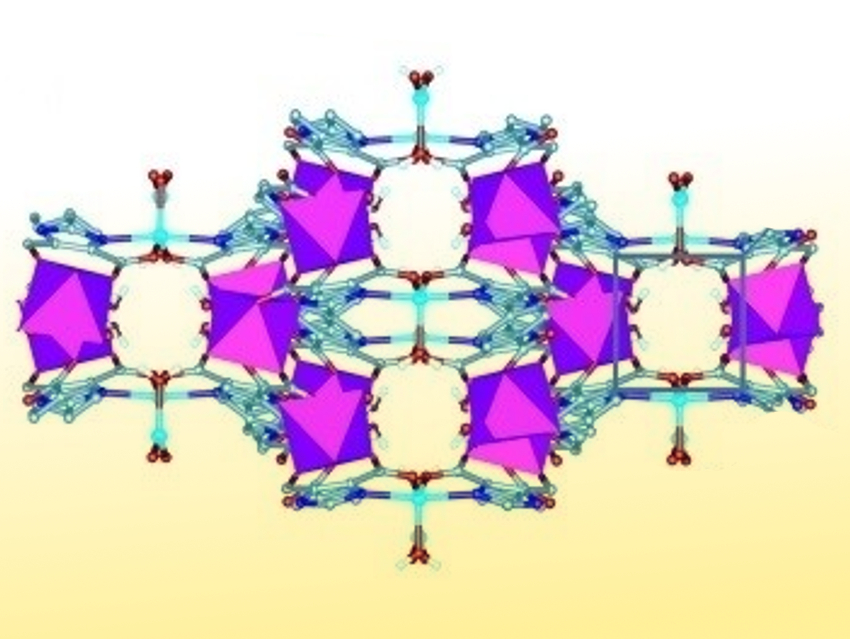The determination of acidic gases in the environment is important, e.g, for the preservation of cultural relics in museums or for the health of workers in laboratories and factories. Traditional detection methods mainly use metal-oxide/-nitride chemiresistors and carbon nanotubes. However, these technologies generally require harsh detection conditions, such as high temperatures.
Gang Li, Zhengzhou University, China, and colleagues have developed two proton-conductive cobalt–organic frameworks as impedance sensors for formic acid. The metal–organic frameworks (MOFs), {[Co3(p‐CPhHIDC)2(4,4′‐bipy)(H2O)]⋅2 H2O}n (p‐CPhH4IDC = 2‐(4‐carboxylphenyl)‐1H‐imidazole‐4,5‐dicarboxylic acid; 4,4′‐bipy = 4,4′‐bipyridine) and {[Co3(p‐CPhHIDC)2(bpe)(H2O)]⋅3 H2O}n (bpe = trans‐1,2‐bis(4‐pyridyl)ethylene), were solvothermally prepared.
The team found that the impedance values of the two sensors changed dramatically after being exposed to formic acid vapor at high relative humidity and 25 °C. The detection limit of formic acid vapor for the MOFs was as low as 35 ppm or 70 ppm, respectively. Both sensors show good selectivity towards formic acid among interfering vapors. The MOFs could improve the detection of formic acid gas content, e.g., in factories and humid environments. Additionally, the sensors may be used to detect the content of formic acid gas in exhaled air. According to the team, this could potentially be used to predict the occurrence of some diseases.
- Two Highly Stable Proton Conductive Cobalt(II)–Organic Frameworks as Impedance Sensors for Formic Acid,
Rui-Lan Liu, Zhi-Qiang Shi, Xi-Yue Wang, Zi-Feng Li, Gang Li,
Chem. Eur. J. 2019.
https://doi.org/10.1002/chem.201902169


